There seems to be much media buzz about horns growing on young people’s skulls, and I’d like to say hogwash, balderdash, and baloney! What a total crock. I’m unconvinced by the study findings, to say the least.
There is a huge issue I have with the neck x-rays that researchers analyzed in the study. As a result, it is impossible to conclude the correlation between cell phone use and skull morphology.
Free Posture Crash Course!
Discover the crazy, simple 3-step formula that will teach you how to improve your posture and flexibility like a pro. You will learn how to hardwire the habit of good posture, reduce forward head and the secret way to stop slouching. It's 100% free!
An enthesis is the attachment point of a tendon, ligament, fascia, or capsule to the bone. The function of the enthesis is to distribute force over a large area of bone.
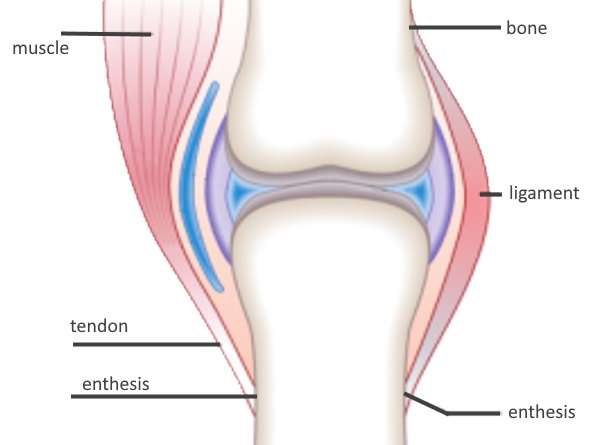
A bone spur, also called an osteophyte, is an outgrowth of bone that can occur along the bone’s edges. They may also occur where muscles, ligaments, or tendons attach to the bone.
One common bone spur is the calcaneal spur caused by the constant pull or traction on the heel from overpronation or fallen arches. Calcaneal bone spurs are frequently associated with plantar fasciitis, a painful inflammation of the band of tissue (plantar fascia) that runs along the bottom of the foot and connects the heel bone to the ball of the foot.
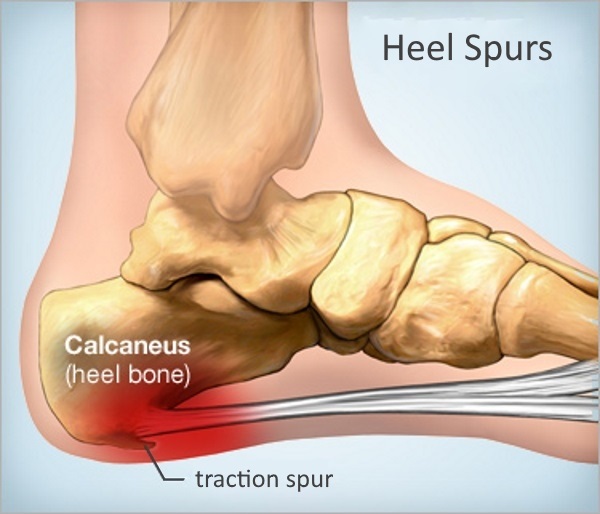
The method by which a bone spur develops follows the biomechanics of Wolff’s Law, which states that bone in a healthy person or animal will adapt to the loads under which it is placed. In other words, repetitive loading of bone will cause adaptive responses that enable the bone to cope better with these loads.
Skull Horns
From a biomechanical point of view, these skull horns, in theory, may be an adaptive mechanism we’ve developed to cope with the increased weight of the head when texting or using cell phones. I agree this is possible, but occipital osteophytes have been present on skulls long before the use of cell phones.
One of the best textbooks I’ve ever read (and I’ve read Volume 1 & 2 cover to cover, which amounts to about 2,000 pages) is Terry Yochum and Lindsay Rowe’s, Essentials of Skeletal Radiology. Before Dr. Yochum’s text, there had never been a chiropractic textbook published by a major publisher. The new edition is a mandatory text for all chiropractic students, and countless medical colleges require it in their curriculum.
On page 255 of the 2nd edition (Volume One), you will find the following, under the section, An Atlas Of Normal Skeletal Variants:
Prominent External Occipital Protuberance..There is a prominent external occipital protuberance, which is considered a variation of normal.
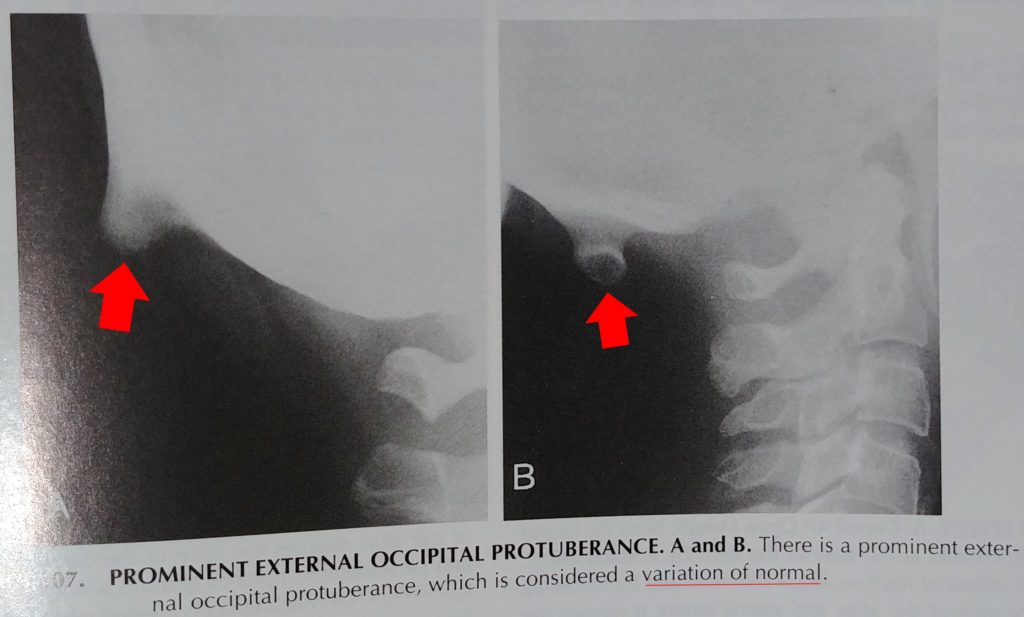
Looking more closely at the Journal of Anatomy study, I found that the x-ray images presented suggest another interesting finding. All of the x-ray images shown are of cervical spines with altered neck curves.
The study authors report their subjects as apparently healthy, asymptomatic, and mildly symptomatic young adults. I want to suggest that a misaligned altered cervical curvature is anything but healthy.
Cell Phones or Car Crashes?
Overt neck trauma (often resulting from a motor vehicle accident) resulting in alternate neck curvature is a serious health condition and far from apparently healthy. Neck trauma (from an MVA) may cause vertebral compression fractures that cause the vertebral body to collapse into a wedge’s shape. This causes the spine section to tip forward, leading to a loss of the neck’s normal curvature.
MVA may also damage the ligaments along the back of the cervical spine leading to loss of the normal neck curve. If the kyphosis gets bad enough, it can narrow the spinal canal and pressure the spinal cord. Due to the relationship of the neck’s neurovascular structures, it isn’t hard to see that altered neck curves will cause nerve and vascular interference and manifest into pain and discomfort, fatigue, sleep disorders, organ dysfunction, depression, and eventually disease.
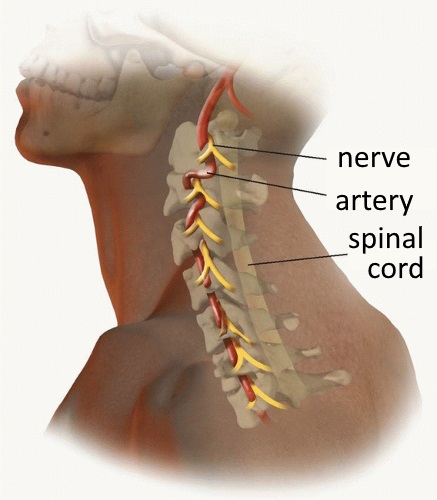
I do agree that a traction spur in the occiput bone of the skull is possible following Wolff’s Law of biomechanical adaption, but is this bony skull horn a normal variant, an adaptive process due to cell phone usage, or a result of past traumas (MVAs) that alter neck curves, change the mechanical loading in the head and ultimately cause adaptive changes to the bone? Clearly, further research is needed.
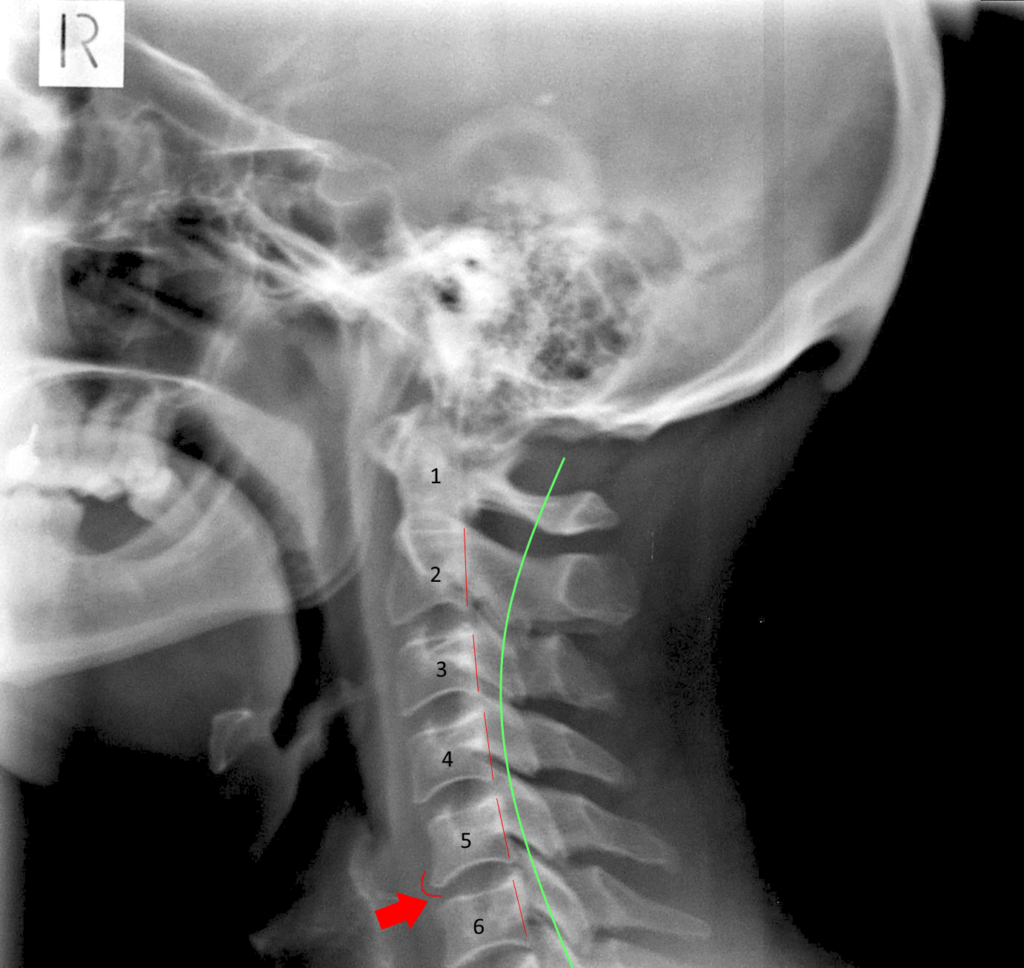

In the images above, the flat or reversed neck curves are in red, and the normal or ideal neck curves in green. There is also evidence of moderate to severe degenerative disc disease (DDD) in these x-rays. Note that the disc degeneration is most severe where the curve flattens or reverses (red arrows).
The authors also reported that the prevalence of a skull horn (or prominent external occipital protuberance) was significantly higher in the male (67.4%) than in the female population (20.3%).
Even more interesting to me is that in this study, 7,720 people were killed in traffic accidents in 2001, 75% of which were men. This is largely due to differences in risk-taking behaviors between men and women, particularly younger men. This male/female prevalence is remarkably similar to the sex divide seen in the skull horn study. Hmmm.
The fact is that MVAs statistically damage the shape of your cervical lordosis (normal neck curve). Researchers from Chiropractic BioPhysics (Harrison DE, Katz E. Abnormal static sagittal cervical curvatures following motor vehicle collisions: Literature review, original data, and conservative management strategies. Proceedings of the International Whiplash Trauma Congress 2006; Portland, OR, June 2-3, pages 24-25) have identified:
That the average patient exposed to a MVC will lose 10 degrees of their cervical lordosis, develop a mid cervical kyphosis, and have increased forward head posture as a result of the MVC.
Cell Phone Warning
One conclusion from the horned skull study that I absolutely agree with is that our young adult population should take heed and act now to prevent poor posture‐related conditions in the future.
The more important question we should be asking – even though horns growing from our skulls is far more attention-grabbing – is: What is our sedentary mobile lifestyle doing to our children? Will, our children, be active and healthy well into their senior years, or will there be an influx and shortage of senior home placements for our 70-somethings.
Further Resources: Text Neck Pain Relief Stretches and Exercises – How to avoid neck pain, fix Text Neck and improve your forward head posture
If you or your children spend prolonged periods of time using mobile devices – cell phones, iPads, computers, or anything that encourages your head to travel forward and down, you are putting yourself at risk for future health problems. Here are three ways you can act now to encourage your children to develop healthy posture habits:
- Teach your children to move their eyes, not their heads when texting.
2. Complete the Text Neck Inventory with your child.
3. Teach your child (and do it with them) how to do a basic chin tuck.





3 thoughts on “Theory of Skull Horns Debunked”
“Like a chicken”? We had chickens when I was a child, but I am unclear what Dr. Moore is asking for when she asks her model to stick her neck out “like a chicken.” Maybe I should have spent more time in the chicken coop? Maybe if I did, I wouldn’t have UFHP (unattractive forward head posture). Thanks, Dr. Moore for your continued good work!
Hi Diahn,
I’m guessing you are referring to chin tuck exercise. ‘Like a chicken’ refers to the way a chicken does a kind of head bob when they walk. A bit like this.
The best way to learn the tucking in, is to practice the back and forth – sliding out and back in; bit like a chicken moving its neck.
Keep wiggling Diahn!
Paula
Oh, OK! I get it now. The video helps!